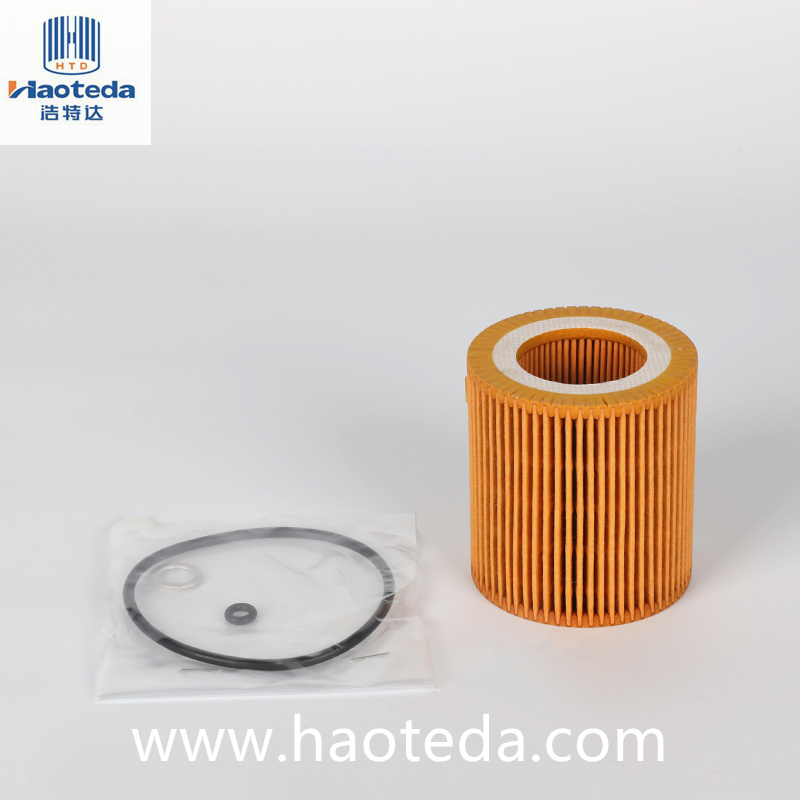Oil viscosity plays a vital role in the performance of oil filter paper, especially when considering varying temperature conditions. Viscosity, which refers to a fluid's resistance to flow, directly influences how oil interacts with filter elements. In cooler temperatures, oils tend to be thicker and more viscous, which can impede their flow through the filter paper. This increased viscosity means that the oil may struggle to move through the pleats of the paper, potentially leading to higher pressure within the filter and reduced efficiency in filtration. When the oil is unable to pass through the paper effectively, contaminants might remain in suspension rather than being captured, which can compromise the lubrication system and lead to increased engine wear over time.
Conversely, as temperatures rise, the viscosity of the oil decreases, allowing for a smoother flow through the filter paper. This is particularly important in high-performance engines that operate at elevated temperatures, where maintaining optimal filtration is crucial. The reduced viscosity enables the oil to navigate through the intricate pleats of the filter paper with ease, facilitating the effective removal of larger particles and contaminants. With clean oil circulating through the engine, the likelihood of damage to components is significantly minimized, enhancing overall performance and longevity. In this sense, the relationship between oil viscosity and filter paper performance becomes even more pronounced as operating conditions change.

Moreover, different formulations of oil can exhibit varying viscosities at the same temperature, further complicating the interaction with oil filter paper. For instance, synthetic oils typically maintain a more consistent viscosity across a broader temperature range compared to conventional oils. This characteristic can lead to more reliable filtration performance, as synthetic oils are less prone to becoming overly thick in cold conditions or too thin in heat. When selecting oil filter paper, it’s essential to consider these factors—understanding the specific viscosity characteristics of the oil being used will guide the choice of filter paper and its design, ensuring optimal compatibility and performance.
In addition, the composition of oil filter paper itself can also impact its efficiency under different viscosity conditions. For instance, filter papers designed with a specific pleating geometry or made from advanced materials can enhance flow rates, allowing for effective filtration even when oil viscosity varies. Manufacturers are increasingly focusing on these design elements, innovating to create filter papers that can adapt to the challenges posed by viscosity changes, thus ensuring that the lubrication system remains protected across a range of operating environments.
The interplay between oil viscosity and oil filter paper performance is a critical aspect of engine maintenance that should not be overlooked. As engines continue to evolve and operate under more demanding conditions, understanding how viscosity impacts filtration will be crucial for achieving optimal performance and extending engine life. In this dynamic landscape, choosing the right oil and filter paper, informed by their interaction under varying temperatures, is essential for maintaining the health of any engine.
 English
English
 English
English Español
Español Français
Français
 +86-139-6774-0263
+86-139-6774-0263









